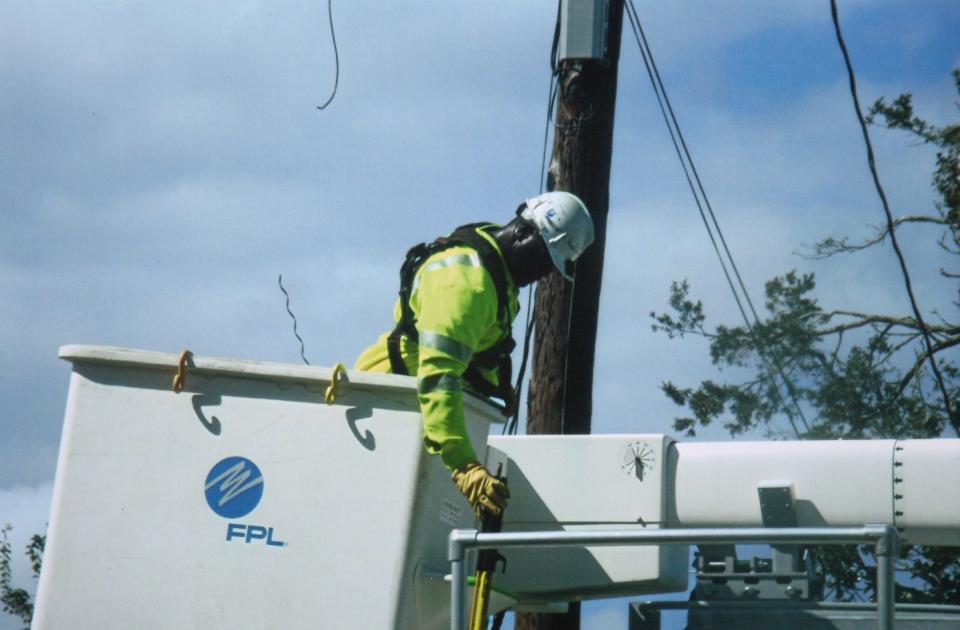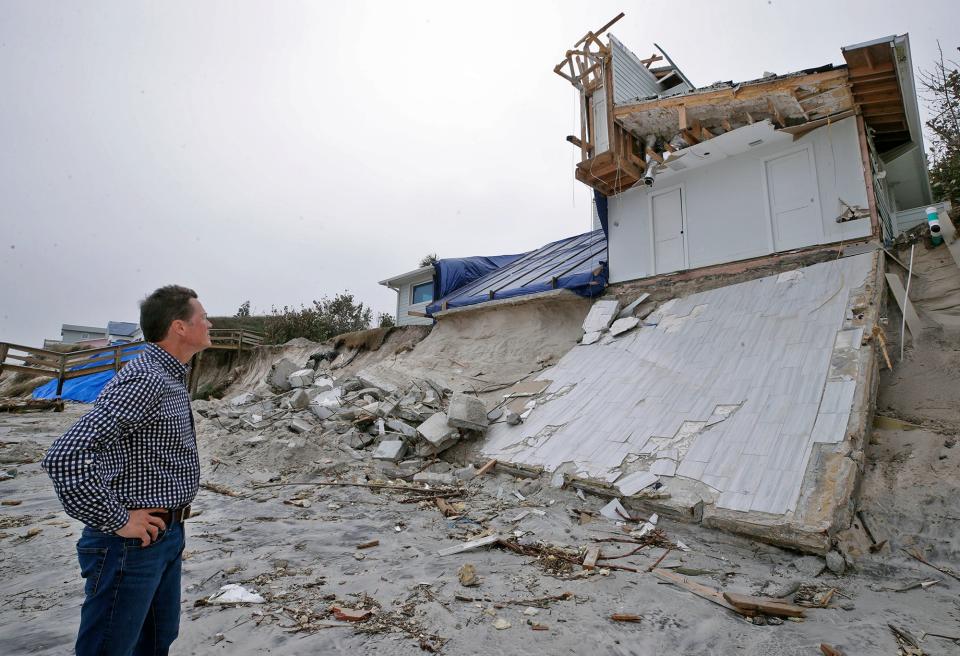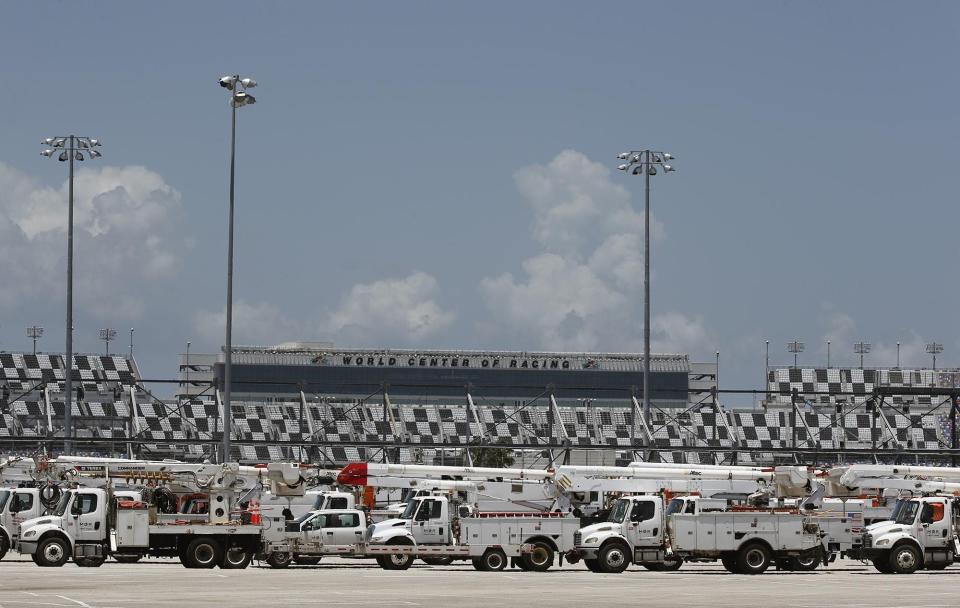Underground switches, 'smart trimming': How is FPL preparing Volusia for the hurricane season?
The 2024 hurricane season is expected to be “extremely active” as USA Today recently reported, putting some Floridians on high alert.
And with this prediction comes concern over losing power for days or even weeks.
With that in mind, the Florida Power and Light Company (or FPL) announced in April its preparation efforts for the hurricane season, which could affect any of its 5.9 million customers statewide.
The company also shared its plans for the Daytona Beach area. Approximately 193,000 of FPL customers are in Volusia County, according to FPL spokesman Shawn Johnson.
Bill costs: FPL customers to see lower storm costs in 2024. How much will you save on your power bill?
But the expectation of a busier than usual hurricane season doesn’t mean that the company’s preparations change.
“We always operate with the mindset that it just takes one (storm),” Johnson said, citing 2022’s Tropical Storm Ian as an example. “That caused significant devastation to more than 2 million FPL customers across Florida. That was a great example of how it just took one massive storm like Ian to cause widespread devastation.”

That’s why the company works throughout the year making preparations and maintaining electrical grids statewide.
How is FPL preparing for the hurricane season in Volusia County?
Every year, FPL’s grid maintenance work involves inspection of the approximately 1,700 power poles in the Daytona Beach area, “strengthening or replacing those that no longer meet FPL’s industry-leading standards,” according to a company press release.
Maintaining trees and vegetation is also a recurrent measure each year, which takes place along 206 miles of power lines.
But there are a few new preparation efforts that FPL is planning for the area ahead of this year's hurricane season, which starts June 1.

One measure includes installing “automated underground switches,” also called “smart grid” devices that are already part of FPL’s overhead power system, according to Johnson.
“A lot of those devices we use to help reroute power in the event of an outage,” he said, adding that the technology helped avoid 400,000 outages during Ian. “If a line went down for any reason, the ‘smart grid’ device was able to detect that issue and essentially close the line, and then service the customers through another line on the other end of the loop.”
These switches have provided redundancy to the company’s grid over the past few decades, Johnson said, which is why it is adding them to underground power lines in Volusia County.
Underground lines, he said, usually perform better day-to-day and under severe weather events than the overhead system — they performed six times better during Ian.
“These underground systems, they are not going to eliminate outages — no system will ever be stormproof,” Johnson said. “But it does allow us to be that much faster (in restoring power).”
Another effort that’s new this year is the use of “smart trimming” technology to identify high-priority areas where trees and other vegetation contacting power lines need to be trimmed.
That is done through the use of LiDAR, “a laser-scanning technology that precisely maps the surrounding environment in 3D, alongside satellite imagery and photogrammetry, which creates 3D models from overlapping images,” according to FPL.
“As recently as a few years ago, picture our vegetation crews going out on the field with pen and paper marking where vegetation was growing near power lines. Now with the ‘smart trimming’ technology, we are able to create a digital representation of out grid.”
Turtles: Construction on hurricane-related projects OK'd during upcoming turtle-nesting season
This, Johnson added, helps the company make “smarter” decisions and prioritize vegetation areas for trimming.
How does FPL respond to severe weather events?
Whenever a severe weather event happens in the state, FPL mobilizes thousands of people in a collaborative effort to restore power.
The company's command center is headquartered in Palm Beach County, where company leadership gathers and decisions are made on where to place crews.
“We also have about 100 staging sites across the state, which allow us to feed all that (information) for our crews,” he said. “So as soon as the storm clears, we are able to respond that much faster.”

Johnson described the company’s staging sites as “mini cities,” where crews and restoration equipment are placed to ride out the storm and get to work from once the weather has cleared.
Crews work on clearing power lines from fallen vegetation and restore damaged equipment. The strategy involves starting the restoration effort with “our generating sites” and then moving “to the main areas where we serve customers, hospitals, 911 centers, grocery stores, gas stations … and then getting down to the neighborhood level of the hardest hit areas.”
Those efforts, he added, are in collaboration with local first responders and officials who assist crews on streets and areas where their work is needed.
This article originally appeared on The Daytona Beach News-Journal: 'Active' hurricane season ahead: How is FPL preparing in Volusia?

